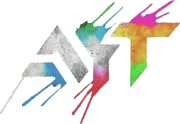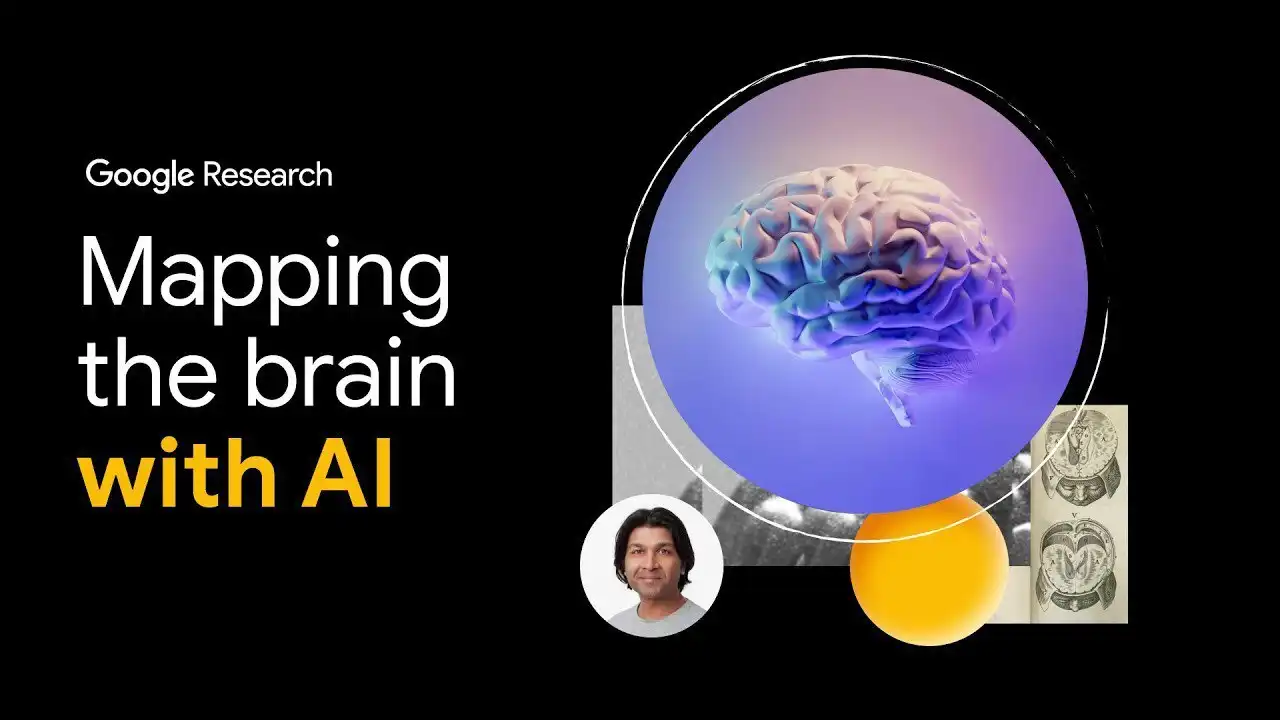Google Research team are working forward to understand the map of the entire human brain in a process called connectomics. They are looking for the actual work a brain performs the researchers stated that they are curious to know how this small object can be more fascinating and complex and generate everything with a new experience.
‘Connectomics’
It is a word related to the study of an organism’s nervous system, researchers explained that it is a map of all the genes an organism carries and, importantly map of all the connections between nerve cells.
Even though a human brain just looks like a small object, however, while observing it with a nanometer, will end up showing data of an exabyte having a thousand petabytes, million terabytes, and so on.
Although studying the whole human brain will take a lot of years and decades, the Google Research team focuses on simple tasks first.
The testing of Connectome done on different organisms
Firstly a ‘worm’ known as “sea elegance” was going through under research because of the availability of neurons it holds– 300.
The process for mapping neurons first went using electron microscopes and printing out its pictures on large micrographs and then annotating them by hand to trace a wire to wire micrographs across the whole nervous system.
The second time, a ‘fruit fly’ brain was taken, considering the interesting behavior they have. Their brain holds 100,000 numbers of neuron cells, while mapping the fly brain the researchers generated massive data sets that involved several computational steps.
Moving ahead in this study, the researchers define the major role played by Google’s technology, their extraordinary expertise and computer power have enhanced the research, also to study a fly brain a lot of time requires, especially the problem that arises in the working of segmentation to understand the three-dimensional data set in the brain.
A 3D convolutional Network Approach has been developed to automate the tracing of 3D neurons. It is a coloring algorithm that colors in an object and fills it with a volume like pouring a paint into pipe.
Further, a visualization software has been developed named “Neurog Glancer” which holds the capability to represent data sets and 3D reconstructions within the convenience of a web browser
Also, it was explained that the fly brain’s structure seems to be a very closely related function particularly the shapes of the neurons provide with huge clues on what the brain performs and the purpose of neurons.
Furthermore, the researchers said that the next target for Connectomics is to focus on a whole “mouse brain”, a thousand times larger than a fly’s brain, but a thousand times smaller than a human brain.
When the mouse brain looks through an electron microscope it exactly looks like a human brain, interestingly a miniature version of the human brain. To begin this research requires a ramping up of technology both int the imaging side and the computer infrastructure side, but it will be possible to perform a whole mouse brain research which will no further require have human brain study because the essence required can be detected through a whole mouse brain.

